Gluteal Pain
Gluteal pain refers to discomfort, soreness, or aching sensations in the gluteal region, which encompasses the muscles, tendons, and tissues of the buttocks. This area plays a vital role in maintaining posture, facilitating movement, and supporting the lower back and hips.
What is the Gluteal muscle pain?
There are too many reasons for gluteal pain, which is typically treated by rest, medication, and physical therapy exercises. Gluteal pain is primarily caused by misuse of the muscles, small strains, infections, or accidents.
The patient’s gluteal pain indicates that their buttocks are experiencing gluteal muscle ache.
The most frequent cause of gluteal muscle pain is local trauma from direct hits or falls.
Buttock pain is also caused by other gluteal muscles, nerves, and bursae, such as the hip rotator muscles, sciatic nerve, and ischial bursa.
Most of the time, medicine and the RICE principle reduce pain.
After that, have some exercise and resume your regular activities.
What is the Gluteal muscle?
The gluteal muscles, often referred to as the glutes, are a collection of the three muscles that make up the gluteal area, which is also referred to as the buttock.
These three muscles attach to the femur bone after emerging from the ilium and sacral.
These muscles perform the following tasks for the hip joint: abduction, extension, external rotation (ER), and internal rotation (IR).
What are the causes of gluteal pain?
- If so, the muscle area becomes bruised due to a gluteal contusion.
- A gluteal muscular strain, which is a partial tear or stretch of the muscle and tendon, is another reason.
- The majority of gluteal pain is caused by trauma to this area from a fall or a direct impact on the buttocks.
- Gluteal/buttock contusions are frequently caused by falls.
- Patients on blood thinners who are anticoagulated have severe pain or edema due to extensive bleeding inside and around their muscles.
- Overuse injuries, which typically affect the hip joint, can result in strains of the gluteal muscles and tendons. Another factor is if the patient does repetitive tasks at work, such as lifting and squatting, which can lead to hip joint inflammation.
- Overtraining, primarily from squats and weightlifting, can result in gluteal injuries.
Symptoms of Gluteal muscle pain.
- Every injury causes pain in the gluteal area.
- The intensity, duration, location, and aggravating/relieving causes of this pain vary from case to case.
- Bleeding, edema, and inflammation are the results of falls and direct hits to the buttock.
- Due to the reduced range of motion (ROM) of the hip joint, this ailment also causes pain and makes it difficult for the patient to stand, sit on their buttocks, and walk normally.
- Hip joint movement causes pain when the gluteal muscles are irritated.
- The buttock feels bloated, warm, and somewhat red due to inflammation, which is caused by deep bleeding that is not immediately visible on the skin’s surface.
- There is some tenderness in the gluteal area.
What is diagnosed for gluteal muscle pain?
- The medical professional first evaluates the painful location.
- The first crucial step in assisting medical professionals in diagnosing a patient is taking their medical history.
- History describes how the gluteal area was injured,
- Depending on when the damage occurred, it may be either acute or chronic.
- Is there a muscle tear or fracture present?
- Does the patient have the ability to walk while exhibiting signs of leg numbness?
- Examine the swelling in the painful location during the observation phase.
- Additionally, note the redness where the pain is.
- Feel the swelling during the palpation phase.
- Check the place that hurts; it may be warm because of inflammation.
- Examine the region of pain for soreness.
- Check the hip joint’s range of motion during the examination; it may have decreased as a result of the pain.
- Additionally, assess the hip joint’s muscle strength.
- X-rays aid in identifying hip, pelvic, and lumbar spine fractures.
- Large blood collections deep inside the gluteal muscle can be helped by ultrasound, which is also used to screen for infections in the gluteal area.
What is the treatment for gluteal muscle pain?
- The RICE principle was initially applied to pain management.
- R-rest = The patient is usually encouraged to take occasional breaks.
- I-ice = 20 minutes of ice application on the painful location; the patient is accustomed to using an ice pack or frozen ice cubes.
- The compression that is applied to the pillow to reduce swelling is called C-compression.
- E: Elevation: Apply a pillow beneath the feet to relieve pain in that location.
- With time, the majority of gluteal muscle soreness subsides and heals.
- With time, the majority of gluteal muscle soreness subsides and heals.
- To lessen the pain of sitting on a bloated buttock or gluteal area, try a rubber doughnut.
- The physical therapist teaches the patient gait training if the patient has an aberrant walking pattern.
- In certain cases, medical professionals recommend steroid injections.
- In order to target the site of inflammation with the injected steroid, a long needle is placed close to the injury site using ultrasonography.
- Although it is not often thought of, surgery is required when nonsurgical treatments are ineffective.
- Repairing torn muscles is also necessary.
Electrotherapy Treatment
- In the electrotherapy used US – ultrasonic therapy on the tender pain for the reduction of swelling & pain.
- used inferential current treatment, or IFC, to lessen pain.
- Transcutaneous electrical nerve stimulation, or TENS, improves radicular pain in patients who exhibit radicular symptoms.
What is stretching for gluteal muscle pain?
- Gluteal stretch
- Lying Deep Gluteal Stretch
- Groin and long adductor muscle stretch
- Seated figure-four stretch
- Seated glute stretch
Gluteal stretch:
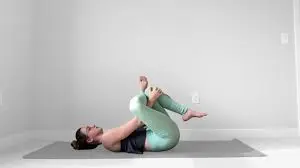
- The supine posture serves as the exercise’s starting position.
- The patient is lying on their back, then they are lifting their knee and crossing from their right ankle to their left knee.
- Next, lightly grasp the left thigh.
- Draw the hips closer to the chest.
- For 30 seconds, maintain this stretching position.
- Next, do the three workouts each day.
Lying Deep Gluteal Stretch:
- The workout begins with you in the supine posture.
- The patient’s legs are excessively bent while they lie on their back.
- Then, keeping the head and back on the floor, slowly draw it toward the patient while tying both hands together behind the left leg.
- For 20 to 30 seconds, maintain this stretching position.
- then use the other leg to perform this exercise again.
- then complete the three daily workouts.
Groin and long adductor muscle stretch:
- In order to keep their legs straight in front of their bodies, the patient is sitting on the floor with their legs spread out too far.
- Keep your elbows on the floor and lean forward.
- For 30 seconds, maintain the position.
- Next, do the three workouts each day.
Seated figure-four stretch:
- The Seated Pigeon Pose is another name for this.
- The hands should then be placed on the shins.
- Then, to extend the stretch, bend forward a little while maintaining a straight spine.
- Do the stretching posture three times in a single session, holding it for 30 seconds each time.
- After that, go back to where you were before you started stretching.
- Next, repeat with the opposite leg.
- Both standing and sitting on the floor are used for this stretching.
Seated glute stretch:
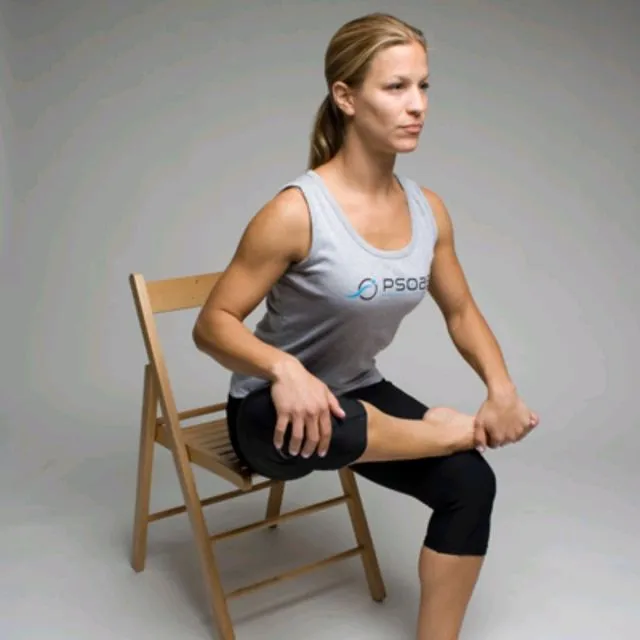
- Raise the left leg while maintaining a straight back.
- On the right knee joint, place the left ankle joint.
- After that, lean forward a little and feel the patient extend the stretch.
- Do this three times in a single session, holding the pose for 30 seconds each time.
- Stretch the opposite side as before.
Strengthening exercise for gluteal muscle pain
- Buttocks
- Knee to the opposite shoulder
- Side Leg Raises
- Prone Straight Leg Raises
- Glute bridge with band
- Seated hip abduction with resistance band
- Spiky ball roll on glutes
- Bridges
- Knee to Chest
- Downward-Facing Dog
- Pigeon Pose
Buttocks:
- The workout begins in the supine posture.
- The patient Rest on your back.
- After that, raise the affected leg to a straight angle.
- then locking onto the head’s fingers.
- Place the ankle joint against the knee joint while holding the unaffected leg.
- Repeat this practice on the other side.
- Next, do the three workouts each day.
Knee to the opposite shoulder:
- The supine posture serves as the exercise’s starting position.
- The patient is on their back with their feet flexed upward and both legs outstretched.
- Next, bend your right leg and wrap both hands around your knee.
- Then Pull the leg gently in the direction of the left shoulder over to the torso.
- For 30 seconds, maintain this workout stance.
- To return the leg to its initial position, push the knee joint.
- After that, perform this exercise three times a day.
Side Leg Raises exercise:
- The patient’s legs are piled while they are on one side.
- For support, the patient is bent to the bottom leg.
- After ten seconds of holding this workout stance, release your tension.
- After that, do this exercise ten times in a single session.
- Perform this workout three times a day.
Prone Straight Leg Raises exercise:
- The prone posture is where you begin the activity.
- Lay flat on your stomach, patient.
- Surely Maintain a straight posture.
- After that, tighten the muscles in the bottom and one leg’s hamstrings.
- They raise one leg toward the ceiling.
- For ten seconds, maintain this exercise position.
- Perform this workout three times a day.
Glute bridge with a band:
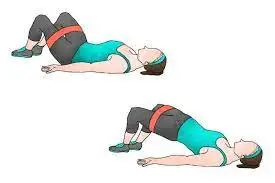
- The supine posture serves as the exercise’s starting position.
- Wrap the calves with a small, snug resistance band.
- The patient is elevating their hips while lying on their back.
- Surely Maintain the band’s tension while you tap the hip joint to the ground and then raise it back up.
- Maintaining a straight spine and performing the action from the hip joint is crucial.
- In a single session, perform this exercise ten times.
- Perform this workout three times a day.
Seated hip abduction with resistance band:
- Sitting is a good starting position.
- Next, The hands should be placed just behind the patient.
- Surely As the legs externally rotate the hip joint, maintains a straight back and pushes them out to the sides.
- The legs should then be brought back together gently and carefully.
- In a single session, perform this exercise ten times.
- Perform this workout three times a day.
Spiky ball roll on glutes:
- The supine posture serves as the exercise’s starting position.
- Roll the tense muscles into the buttocks with the spiked ball.
- Next, roll the ball once for 30 seconds around to the fleshy area of the buttock.
- Do this workout 10 times in 1 session.
- Three times a day, perform this workout.
Bridges:
- The patient’s feet then make contact with the ground.
- Next, lift your hips toward the ceiling.
- For ten seconds, maintain this exercise position.
- Perform this workout ten times in a single session.
- Do this exercise three times a day.
Knee to Chest:
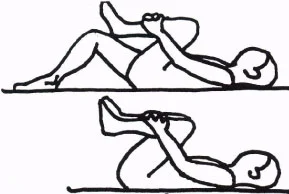
- The starting position is supine.
- Turn over on your back.
- Hold for ten seconds.
- With the opposing knee, repeat this technique from knee to chest.
- Do this workout three times a day and ten times a session.
Downward-Facing Dog:
- Then press into the hands as far as the elevation of the hip joint toward the ceiling.
- Bring the ears into alignment with the upper arms and chin by lowering the head all the way toward the chest.
- For the pelvis to tilt slightly forward, bend at the knee joint.
- After that, proceed to the body and any different sensation for the proper.
- Hold this stance for a maximum of one minute.
- Three times a day, perform this yoga position.
Pigeon Pose:
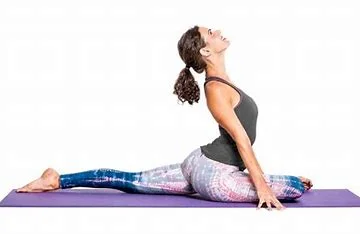
- beginning with limbs on all fours.
- Place the shin on the floor after moving the right knee joint toward the right wrist.
- Next, move from your right ankle to your left wrist.
- Next, extend your spine.
- Walk the hands forward gently.
- For five to ten breaths, hold this stance.
- Then Return to the starting location.
- Repeat after switching the legs.
- Practice this yoga three times a day.
Prognosis & Recovery Time for gluteal muscle pain
Depending on the type of damage, which is measured in weeks rather than days, the majority of traumatic gluteal injuries that produce pain go away on their own with time and conservative therapy.
Although gluteal overuse injuries take longer to recover, the aim of treatment for gluteal muscle pain is to get patients back to their pre-injury level of function.
Is it possible to prevent gluteal muscle pain?
Gluteal muscle pain can indeed be avoided.
Accidental falls must be avoided by people in order to prevent them.
The balance problem in older patients needs to be addressed.
Stretching warming up and cooling down before engaging in any activity can help reduce the chance of injury.
FAQs
Does walking help with gluteal pain?
Indeed, walking can play a significant role in your gluteal tendinopathy rehabilitation and recovery, but there are a few things to take into account. In fact, going overboard can make matters worse. We’ll examine how you might modify your walking to help with your recuperation in this post.
When you have gluteal pain, how do you sit?
Avoid prolonged sitting, go for quick walks, or switch between sitting and standing if you have piriformis syndrome-related buttock pain. To assist in transferring weights equally across the pelvis and through the spine, sit with an erect, neutral posture and refrain from leaning forward or drooping.
Does walking help with soreness in the buttocks?
One of the greatest ways to manage buttock pain resulting from arthritis or injuries to your hips or lower back is to engage in regular exercise. According to Claudette Lajam, MD, an orthopedic specialist from NYU Langone in New York City, “buttock pain can be caused by any type of arthritis that affects the hips or lower back.”
How can gluteal pain be avoided?
Over-the-counter (OTC) drugs, heat and/or cold therapy, and mild stretching exercises that focus on the buttock, hip, and lower back muscles can all be used to treat buttock muscle pain.
Which workout is most effective for buttock pain?
With one ankle resting on the opposing knee, cross one leg over the other. After 20 to 30 seconds of holding the stretch, take a 20 to 30-second break.
How can someone with gluteal pain sleep?
For proper spine alignment, tuck your chin in and keep your legs straight or just slightly bent. Try sleeping in a reclined posture, such as on an adjustable bed, or reclining chair, or with a wedge pillow for support and comfort, if standing upright exacerbates your pain and leaning forward relieves it.
How can someone with gluteal pain sleep?
For proper spine alignment, tuck your chin in and keep your legs straight or just slightly bent. Try sleeping in a reclined posture, such as on an adjustable bed, or reclining chair, or with a wedge pillow for support and comfort, if standing upright exacerbates your pain and leaning forward relieves it.
What is the natural cure for pain in the buttocks?
Stretch your legs, hips, and buttocks gently every day. When sitting, use a cushion to reduce pressure points. Consult your physician if, after two weeks, nothing has changed or if new problems appear.
What is the duration of gluteal pain?
It may take up to a year for symptoms of gluteal tendinopathy to go away, although about half of patients will recover without treatment. That’s a long time to live with hip pain, especially considering that after eight weeks of physical therapy exercises, seven out of ten patients experience noticeable improvements.
How can a torn gluteal muscle be healed the quickest?
Rest: You should stay away from high-impact activities and exercises, according to your doctor. Ice, Compression: To lessen pain, apply pressure on the affected area with an elastic bandage. Elevation: To reduce swelling, you will be told to raise your leg.
How can I eliminate severe gluteal pain?
Nonsurgical treatments for deep gluteal pain syndrome include compression, ice, rest, and activity adjustment. If these steps don’t work, you might need: Anti-inflammatory medications administered to reduce swelling and pain. Use muscle relaxants to ease tense muscles.
References
- Ladva, V. (2023, June 17). Gluteal pain: Causes, Symptoms, Diagnosis, Treatment. Samarpan Physiotherapy Clinic. https://samarpanphysioclinic.com/gluteal-muscle-pain/
- Physiotherapist, N. P.-. (2024, February 11). Gluteus Muscle: Origin, Insertion, Innervation & Exercise. Mobile Physiotherapy Clinic. https://mobilephysiotherapyclinic.in/gluteal-muscle-details-and-exercise/

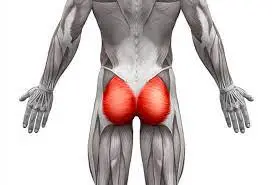
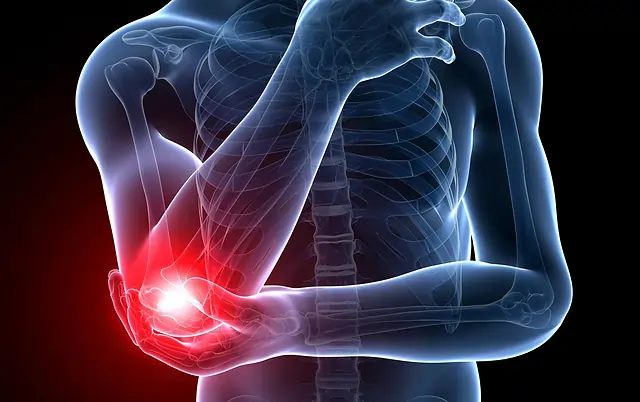
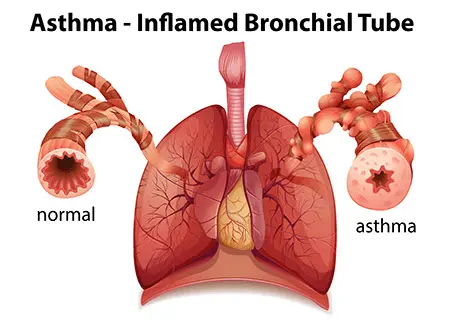
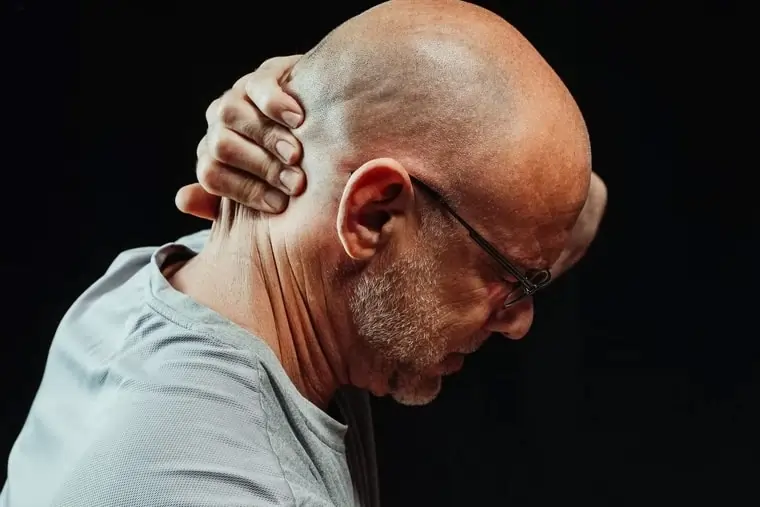
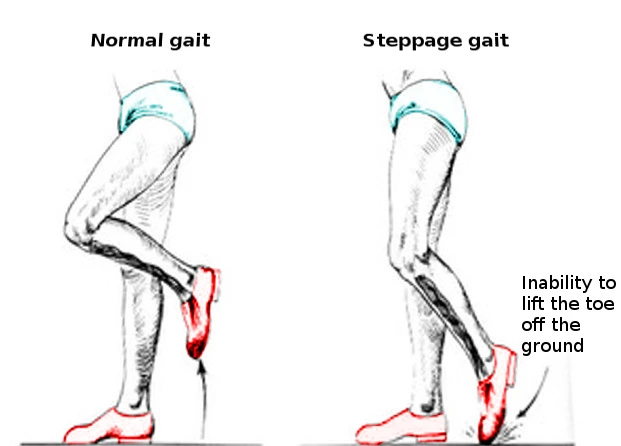
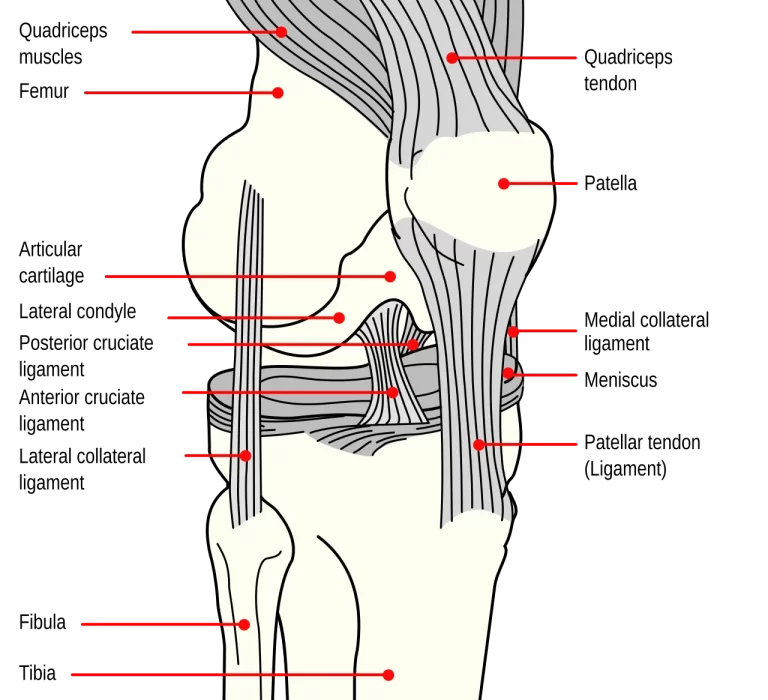
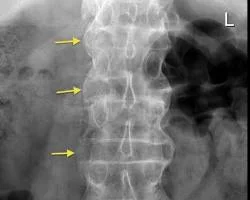
One Comment